We welcome two butterfly vipers for antivenom research
hace 2 yearsTheir venom will be used to research purposes and to have more precision in the effectiveness of existing antivenoms.
At Terra Natura Benidorm we have incorporated a new pair of butterfly vipers (Bitis nasicornis) which come from a zoo in Holland, into our venomous animal exhibit. The arrival of these new snakes is part of the conservation, research and dissemination project initiated by the park’s herpetologists in 2007.
This project, as well as promoting the conservation of this snake, aims to facilitate the collection of information on this type of haemotoxic venom, the bite of which can be fatal. Terra Natura Benidorm is one of the few Spanish centres with a polyvalent antivenom bank, which covers the bite of venomous snakes of practically all African, Asian and American species.
The pair of butterfly vipers can now be seen in their terrarium, which is located inside the volcano in the Pangea area of the park. Both specimens are currently about 30 centimetres long and weigh around 250 grams. When they reach maturity, they may grow to more than 1.40 metres and weigh up to four kilos.
They are known as butterfly vipers because of the butterfly-shaped spots on their skin or the patterns that resemble butterflies perched on their bodies. The venom of this species is very potent and without treatment can be fatal, even to humans. After the bite, if the prey is large, the viper releases it and follows its trail by smell while the inoculated venom takes effect and then locates and engulfs the prey. If the prey is small, it swallows it on the spot.
The colours of its skin are usually varied and eye-catching. This species is native to the jungles of western and central Africa. Its characteristic triangular head is clearly distinguishable from its body, which is short and robust, while its tail is relatively short.
Over the years, our herpetologist David Martí has carried out several venom extractions from another pair of butterfly vipers in the park to deliver it to the Structural Proteinomics and Venomics department of the CSIC in Valencia, headed by the scientist Juanjo Calvete, in order to analyse the neutrality and effectiveness of the existing antiophidic serum of this species.
This snake is also known by the name of rhinoceros viper due to the elongated scales on its snout, or as River Jack viper, due to the fact that most sightings in its habitat occur on the banks of rivers. African villagers popularly refer to it as ‘death in festive dress’ in reference to its brightly coloured skin.

